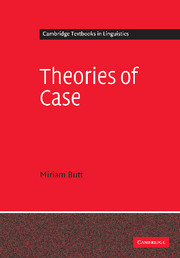Summary
The talk had covered the state of the Union, the state of the feminine mind, whether any cooked oyster can be fit to eat, structural linguistics, and the prices of books.
[Rex Stout, The Doorbell Rang (A Nero Wolfe Mystery), p. 14]The Structure of Sentences
Linguistics up until the middle of the 20th century had produced a wealth of descriptions for previously unexplored languages and had developed a good understanding of phonological and morphosyntactic phenomena, especially with respect to language change. However, there was no enterprise that worried about syntactic structure per se. That is, although there was work on the relative placement of individual elements (e.g., clitics, subject-object-verb order, pre- vs. postpositions), there was no investigation into deeper questions of syntax, such as the complex syntactic interplay between negation, question words and auxiliaries, or the identification of syntactic effects due to elements not visible at the surface (in parallel to phonological effects of underlying, but invisible phonemes). With the realization that much work needed to be done in this area, the linguistic game in the 20th century changed.
The change in linguistic awareness did not come about unreflectedly, as the following quote from Zellig Harris' book Structural Linguistics shows.
2. Transformations: The basic approach of structural linguistics (in this book) is to characterize each linguistic entity (element or construction) as composed out of specified ordered entities at a lower level. […]
- Type
- Chapter
- Information
- Theories of Case , pp. 23 - 45Publisher: Cambridge University PressPrint publication year: 2006



